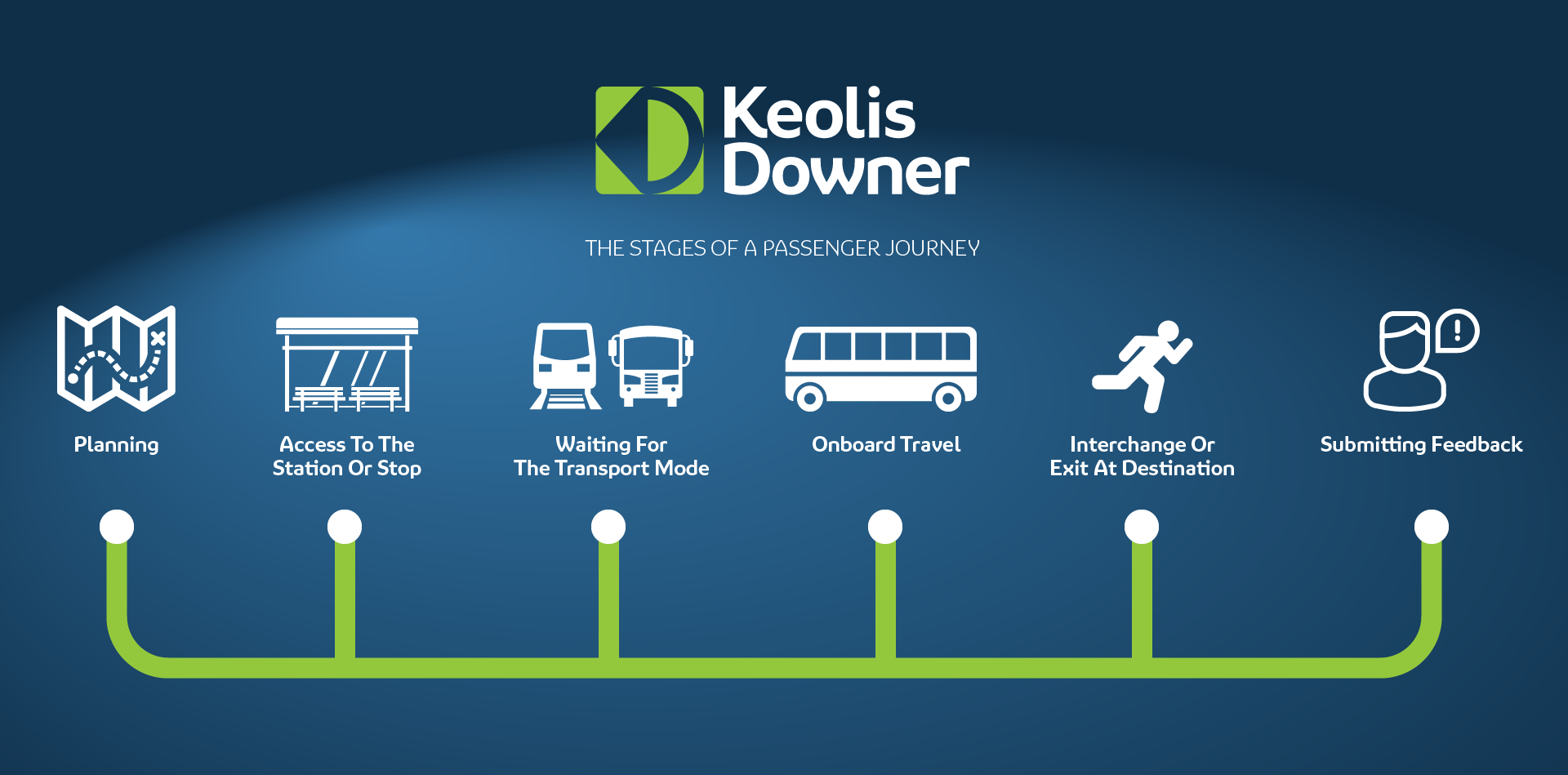Multimodal Transport in Australia and New Zealand
Keolis Downer started operating the multimodal transport network in Newcastle on 1 July 2017. It includes buses, ferries and light rail. This is the first multimodal public transport contract to be delegated to a private operator in Australia. Keolis Downer is focused on improving the public transport network along with Transport for New South Wales, by;
- Enhancing passenger signage
- Redesigning the bus network
- Increasing service frequency and reliability
- Providing a better overall passenger experience.
The Gold Coast Light Rail, G:link, has seen the unprecedented cooperation of three levels of Government, in addition to greater coordination between transport modes. The introduction of light rail to the Gold Coast in 2014 facilitated the redesign of the bus network, ensuring cooperation between modes of transport and a seamless experience for passengers. There are now more bus services and extended hours with an increased frequency of services. Keolis Downer’s expertise has also been applied to interchange points. The Broadbeach South light rail and bus interchange is an example of what can be achieved when multimodal solutions are well planned.
In Melbourne, a similar positive outcome has been achieved by Keolis Downer, with a combined tram and bus platform stop recently created outside the Crown entertainment complex in Clarendon Street, Southbank. This is the only place on the network where buses and trams set down passengers at the same stop infrastructure. It is a small example of how thinking in a multimodal manner has led to a better customer outcome while maximising the use of a refurbished transport asset.
The entrepreneurial Keolis Downer team in South Australia has been operating the demand responsive service Dial-a-Ride for many years, for people in Victor Harbour, Murray Bridge, Gawler, and the Barossa. This service is being enhanced to use the latest technology and offer better customer outcomes. In Mount Barker, Keolis Downer has been trialing a very successful On Demand service with nearly 2000 passengers per week.
The massive current and planned investment in transport infrastructure in Australia will no doubt deliver some world-class assets. To ensure that such quality infrastructure is fully utilised, we need to collectively focus on improving transport interchanges, passenger information and network planning.
Taking Passengers from Start to Finish
The first and last mile of a passenger’s journey is often the site of the poorest outcomes. This is where the responsibility of the public transport authority and operator ends, and that of the councils begin. In addition to providing appropriate lighting, clear signage and digital tools to facilitate the door-to-door journey, operators have to be innovative and provide the right mobility solution to make public transport more accessible.
First and last mile connectivity is a key component of the integrated network, yet it is often overlooked. To avoid this, we need to embrace new governance models to factor in all network planning and to identify the responsible parties.
Around the world, no other operator has as much proven experience in;
- Designing integrated networks
- Managing multimodal contracts
- Creating and managing intermodal hubs and interchanges
- Delivering ‘last mile’ solutions on behalf of the public transport authority or local Government

